Through the Eyes of the Computer Player
Flashpoint Campaigns puts the player in the command post, planning and supervising the battle to defeat the opposing forces. As the commander, the player issues orders which are executed by the companies and platoons, represented by unit counters on the map. To make this a dynamic and engaging experience, the game’s AI (artificial intelligence) plays three important roles:
- A skilled opponent, commanding the enemy forces. Even though scenarios may come with battle plans that define the initial maneuvers, the computer player still needs to supervise all units not involved in those battle plans, and finish the fight with all units once the battle plans have been completed.
- Tactical and autonomous unit level behavior for platoons and companies on the map operate within the boundaries of the orders and standard operating procedures (SOPs). During the game’s orders resolution phase, where the player commander intervenes, these units execute their given orders and respond per SOP to events and unforeseen situations. The unit’s tactical behavior needs to be sound and competent, so that the battle’s success is determined by the commander’s planning and supervision.
- Streamline the process of issuing complex orders in a single orders phase, to maneuver in formation, cross future bridges and minefield gaps, or perform follow-on actions after an airborne insertion.
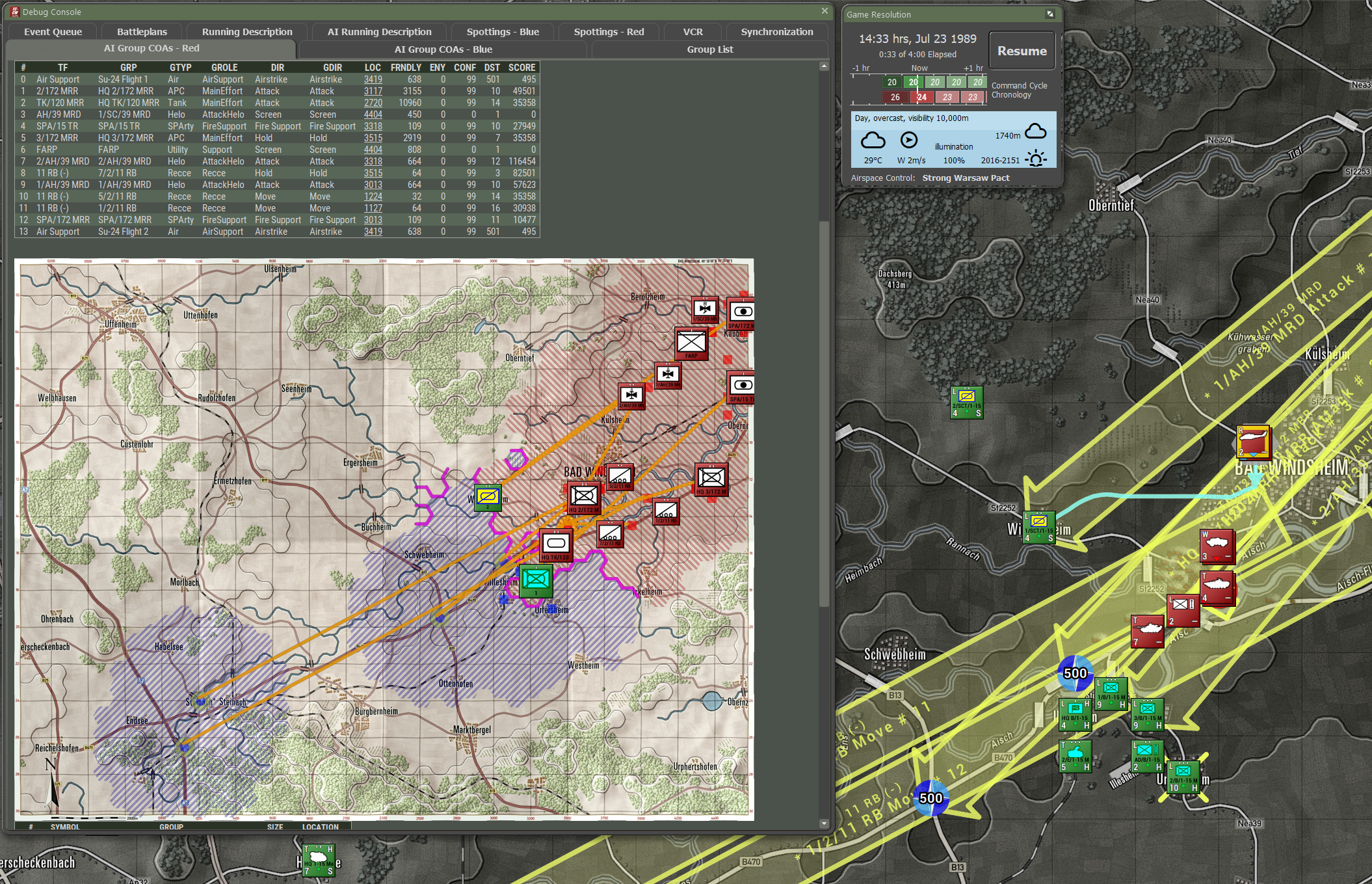
Figure 1 Mission briefing graphics and your command vehicle in shown in Flashpoint Campaigns: Cold War
In this blog, we want to highlight the improvements for the AI as an opposing commander, for the unit’s tactical behavior, and for assisting the player in issuing complex orders.
Coordination of Ground Maneuvers and Fire Support
The Computer Player has been upgraded to coordinate fire-support with planned ground maneuvers. When it has available fire-support assets such as artillery, attack helicopters, or close-air-support, it will coordinate fire support as follows: it will first identify the most important planned ground maneuvers, then predict the potential threats on the front and flanks of these ground maneuvers, and finally assign missions to the fire-support assets to destroy or suppress these threats.
The Computer Player is capable of this coordination both when the Battle Plans are being executed and when Battle Plans have been completed; the only requirement is that unallocated fire support assets are available (and not tied up in Battle Plan missions of their own).

Figure 2 Developer view of the Computer Player’s plans, in which it coordinates fire support assets to support a ground maneuver (diagonally, from the east to southwest) by sending gunships (north of the ground attack maneuver) and plotting artillery strikes (south of the ground attack maneuver)
By coordinating fire support with ground maneuvers, the Computer Player becomes a more interesting opponent with stronger combined arms maneuvers.
Improved Helicopter Movement and Unit Withdrawal
Attack helicopters are a symbol of the Cold War era: these “gunships” could be quickly ordered across the battlefield to halt an armored attack or cover an open flank. Well-timed use of these attack helicopters can change the battle and our beta-testers have consistently demonstrated this. However, our beta-testers also reported that the helicopter unit behavior let them down when the gunships attempted to return to their FARP base to replenish ammo.
The problem was that the helicopters would take a quick and short route back to the FARP, potentially traversing hostile held terrain and ground covered by known hostile air-defense systems.
For Flashpoint Campaigns: Cold War, we introduced the following improvements:
- helicopters now use the ‘stealth’ pathfinding preference when returning to the FARP, thereby preferring low terrain, valleys, protection from hill sides, and avoiding crossing ridges at the highest point
- in addition, helicopter pathfinding also considers the map of spotted and recently lost-track-of hostile air-defense systems, aiming to avoid terrain covered by these systems.
An example is shown below, for a West-German BO-105/PAH-1 anti-tank helicopter section which is trying to return to its FARP, carefully plotting a route which minimizes exposure to known Warsaw Pact air-defense systems:
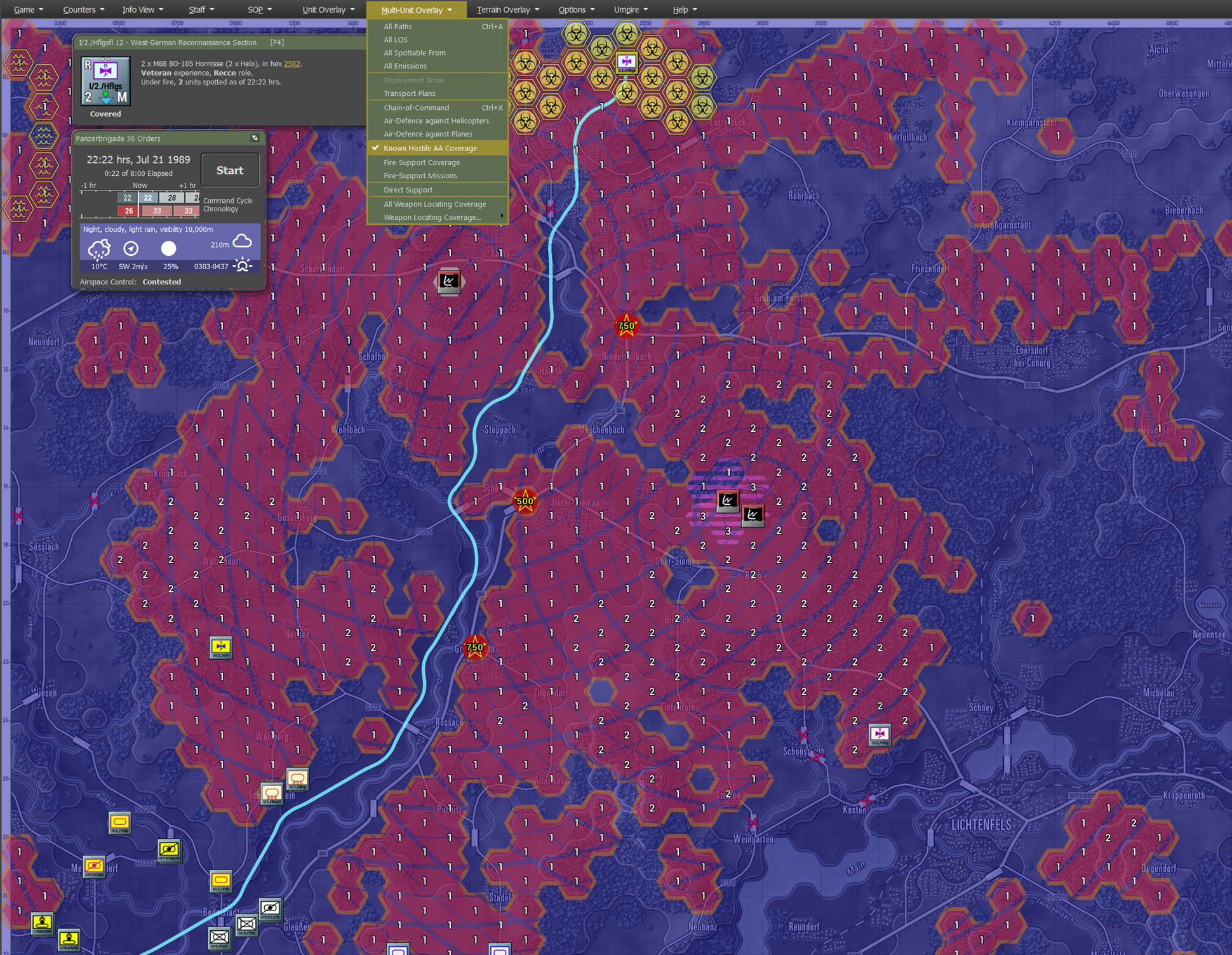
Figure 3 The West-German BO-105/PAH-1 returning to base by “threading a needle” through the hostile air defense coverage (shown as red covered hexes)
Note that this behavior does not make helicopters invincible: they might still be surprised by SAM missiles from unspotted or relocated air-defense systems.
Another example of improved tactical unit behavior is the withdraw movement to a better position. On paper, the original design should work well: after being triggered by a nearby hostile unit, the unit would decide to withdraw, pick a safer location to withdraw to, and finally issue the movement orders to do so. On the game’s battlefields, the resulting behavior was unreliable:
- the chosen withdraw location chosen was not always the most suitable location
- the path to that location could expose the unit to increased danger
- even a seemingly perfect withdrawal path and location could be rendered useless due to new enemy units appearing in the time between the decision and the actual start of the movement (when the unit is fully mounted up)
To address these issues, we implemented the following changes:
The first change was to improve the assessment of good withdraw destinations, now also allowing bridge crossings if necessary. After selecting the best candidate withdraw destinations, these would be filtered to unique locations (removing similar neighboring locations) and ranked for having the safest path to the location, resulting in a single best location to withdraw. If this “best location” offers benefits over the current location, the unit will withdraw.
The second change was to revisit, and if necessary, update, the choice of the withdraw destination at the time the unit was all mounted up and ready to move. This allowed the unit to respond to newly spotted hostile units and to hostile units having closed in between the initial decision to withdraw and actual start of the movement.
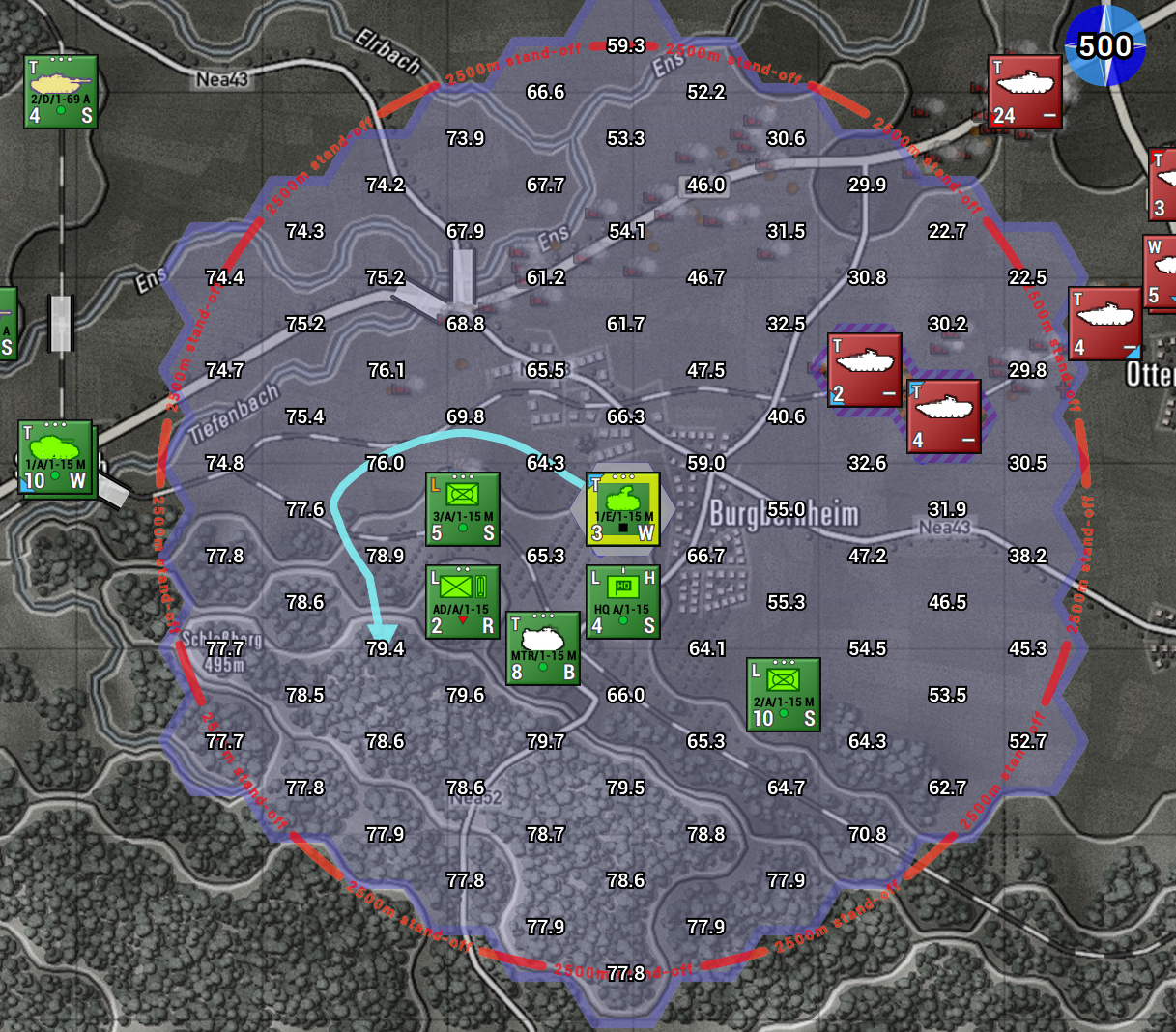
Figure 4 A US Army ‘hammerhead’ M901 ant-tank platoon automatically pulling back to hillside position further away from the threats, using a covered path due to the town and hillside between itself and the Warsaw Pact mechanized forces moving up.
Assisting with Complex Orders in a Single Orders Phase
As commander in Flashpoint Campaigns: Cold War, you issue orders for 15 to 60 minutes of game time. It is important to be able to issue orders for that duration, even when the orders involve coordination between several units’ actions. The game’s AI facilitates this.
For example, the commander can order a bridge layer unit to place a bridge across a minor river, and, in the same orders phase, plot a tank company assault across that still-to-be-placed bridge. The AI’s pathfinding knows how to deal with future bridges and supports planning movements beyond the bridge accordingly.
For Flashpoint Campaigns: Cold War, we expanded this with the capability to issue follow-on orders to airborne forces that will be inserted, as soon as the orders to corresponding air transport units define the future landing zone. This enables the player to plan and command complex airborne assaults with airborne forces seizing objectives all in a single order phase. This is illustrated below for an airborne engineer unit with orders to blow a bridge immediately after being inserted.
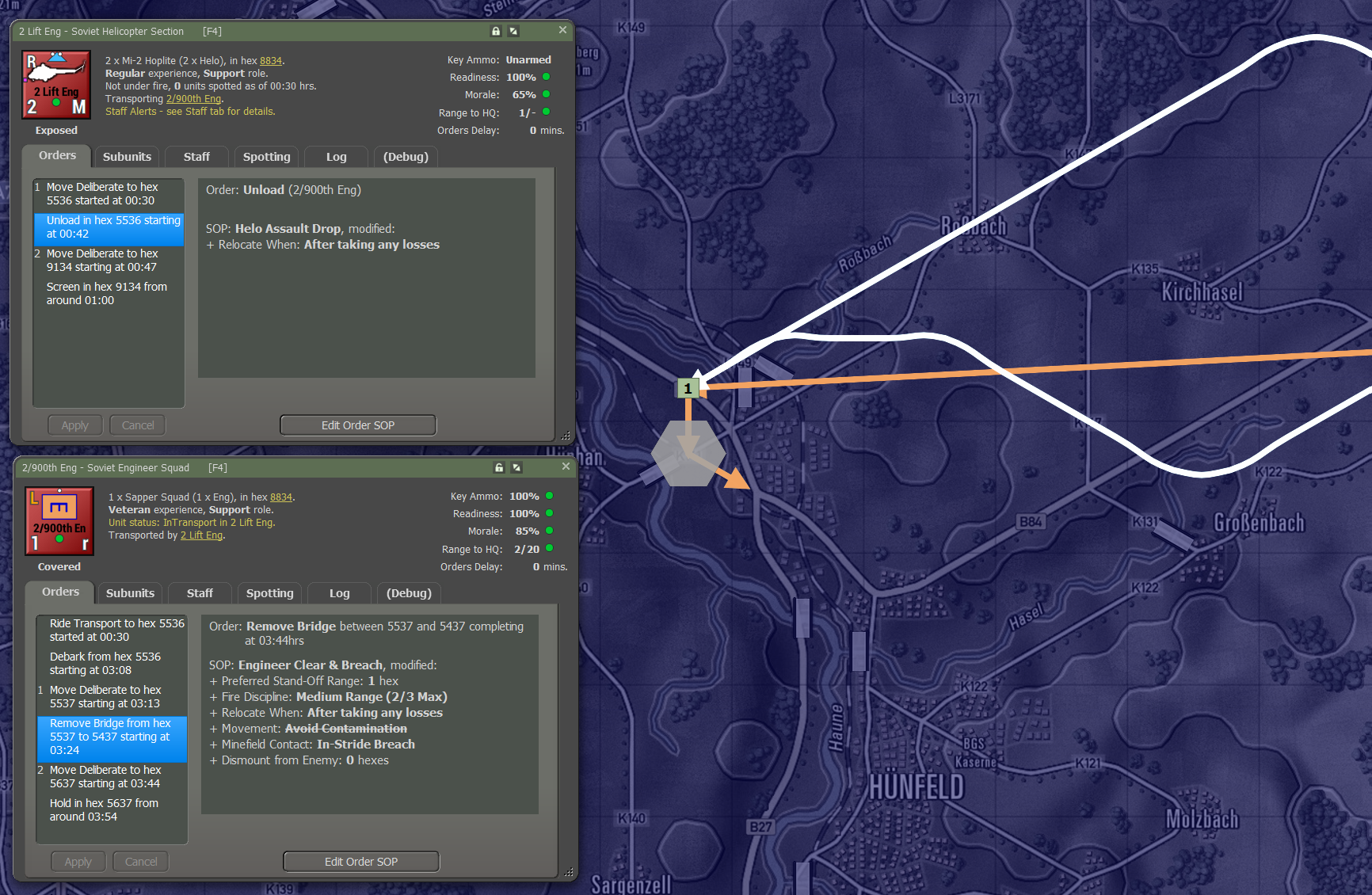
Figure 5 A small airborne insertion planned for the initial turn, with the transport (white path) inserting the airborne engineer section in a landing zone before exfiltrating. The airborne engineer unit (orange path) being inserted will move to the bridge, demolish it, and subsequent take position in the village.
In Flashpoint Campaigns: Cold War, we also assist the player with issuing formation movement orders for groups. These formation movement orders reduce the effort to issue orders, and they help those units involved move with greater cohesion, being able to better support another when being engaged. The new formation movement commands allow for column formations to move across roads and complex terrain, and for two-up and three-up formations to maneuver through open terrain.
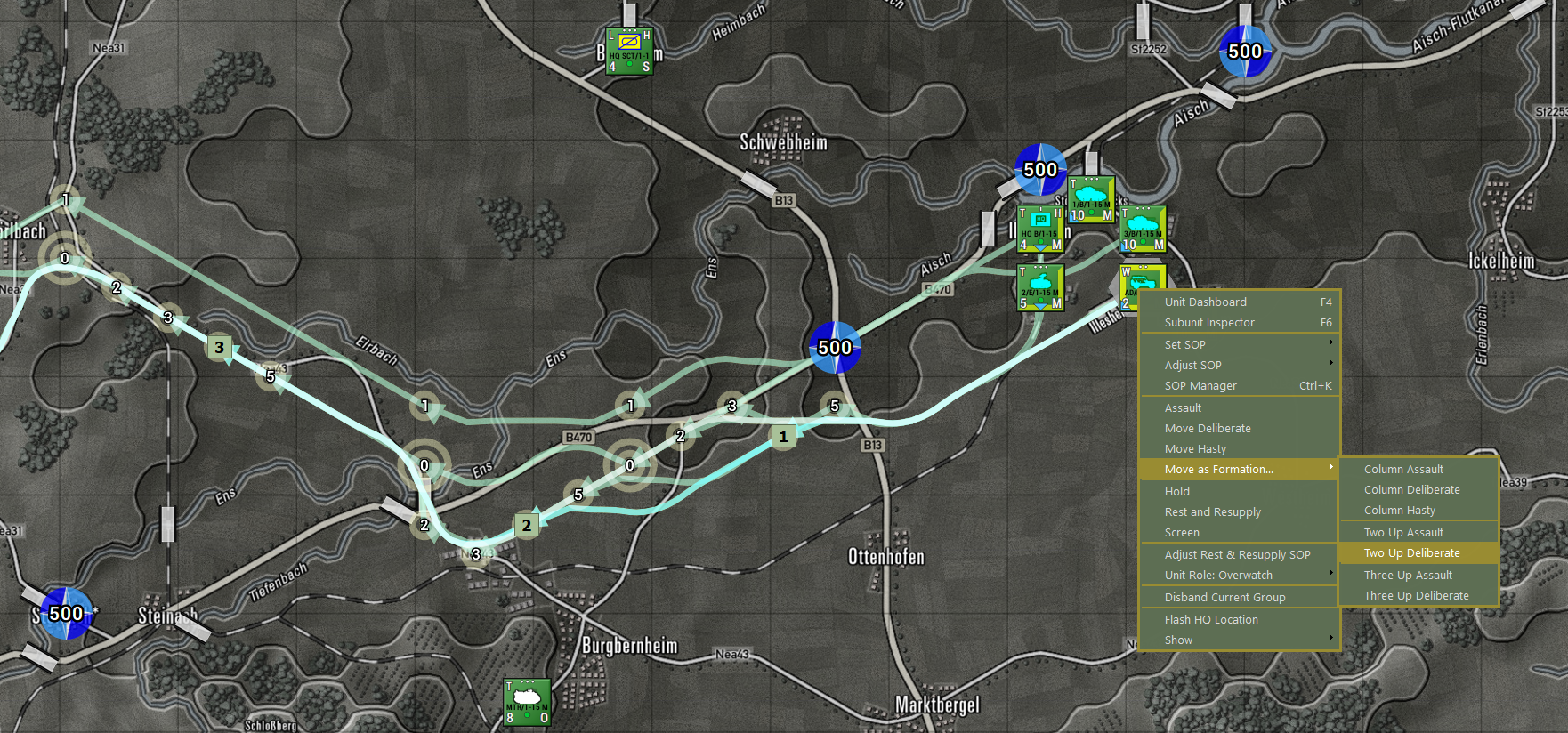
Figure 6 The player’s options for formation movement orders illustrated, with the developer graphics displaying the.
With these examples, we hope to have given you a glimpse of the improvements that are part of Flashpoint Campaigns: Cold War and perhaps a better understanding of the challenges facing “the computer player.
Flashpoint Campaigns: Cold War releases 20th November, you can wishlist it on Steam now











